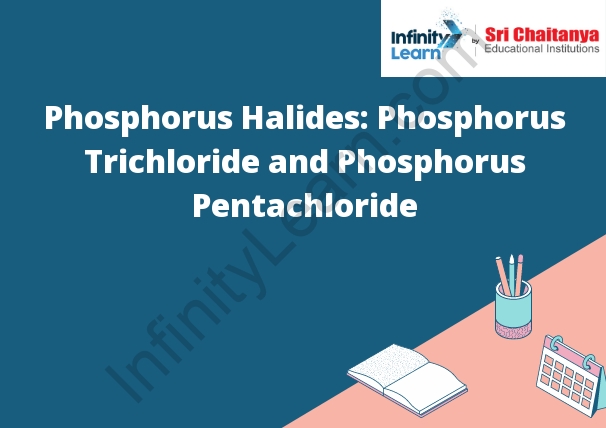Table of Contents
An Introduction to Halides of Phosphorus
Halides of phosphorus are a family of inorganic compounds that contain phosphorus and one or more halogens. The most common halides of phosphorus are chlorides, bromides, and iodides. These compounds are typically white or colorless solids that are soluble in organic solvents.
Halides of phosphorus are important industrial chemicals. They are used in the manufacture of a variety of products, including plastics, pesticides, and pharmaceuticals.

Synthesis of triacetone triperoxide
Triacetone triperoxide (TATP) is an explosive compound that is synthesized from acetone and hydrogen peroxide. The reaction between acetone and hydrogen peroxide produces a mixture of acetone peroxide and triacetone peroxide. Triacetone peroxide is unstable and decomposes to acetone and oxygen gas.
Compounds
that are not ionic are called covalent compounds. In a covalent compound, atoms share electrons in order to achieve a stable electron configuration. Covalent compounds are held together by covalent bonds.
Covalent bonds are formed when atoms share electrons. In a covalent compound, the atoms share electrons in order to achieve a stable electron configuration. Covalent compounds are held together by covalent bonds.
Covalent bonds are strong and stable, which means that covalent compounds are very stable. Covalent bonds are also very strong, which means that covalent compounds are very strong.
Phosphorus Halide
A phosphorus halide is a chemical compound composed of phosphorus and one or more halogens. The most common phosphorus halides are phosphorus trichloride and phosphorus pentachloride.
Phosphorus Trichloride PCl3
Phosphorus trichloride is a colorless, corrosive, and poisonous gas with a pungent odor. It is used in the production of phosphates and other chemicals.
Phosphorus Trichloride Structure
The phosphorus trichloride molecule has a trigonal bipyramidal molecular geometry with the phosphorus atom at the center and three chlorine atoms at the vertices.
Preparation of Phosphorus Trichloride
A mixture of phosphorus (1.05 kg) and chlorine (3.8 kg) is heated in an evacuated sealed tube at 100°C for two hours. The phosphorus trichloride is distilled off and collected in a receiver. The yield is 2.7 kg.
Chemical Properties
Appearance: white solid
Molecular Weight: 153.2
Boiling Point: 469 degrees C
Melting Point: 190 degrees C
Vapor Pressure: 1.3 x 10-5 mm Hg at 25 degrees C
Water Solubility: insoluble
Hazards
Reactivity: none reported
Toxicity: none reported
Phosphorus Pentachloride(PCl5)
Phosphorus pentachloride is a colorless, oily liquid with a pungent, choking odor. It is soluble in water and slightly soluble in ethanol. Phosphorus pentachloride is used to produce other phosphorus compounds, in particular, phosphorus trichloride and phosphorus pentaoxide. It can also be used to bleach textiles and to make herbicides and insecticides.
Structure of Phosphorus Pentachloride
The phosphorus pentachloride molecule has a trigonal bipyramidal molecular geometry. The phosphorus atom is at the center of the molecule, with five chlorine atoms surrounding it.
Chemical Properties:
Crystal system: Monoclinic
Habit: Short prismatic
Cleavage: Poor
Fracture: Uneven
Hardness: 3.5
Luster: Vitreous
Streak: White
Chemical composition: (Mg,Fe)SiO 3
Specific gravity: 3.3
Heat capacity: 0.204 J/gK
Refractive index: 1.548
Uses of Phosphorus Halides:
1. Phosphorus trichloride is used as a reagent in organic synthesis.
2. Phosphorus pentachloride is used as a reagent in organic synthesis and as a flame retardant.
3. Phosphorus tribromide is used as a reagent in organic synthesis.








